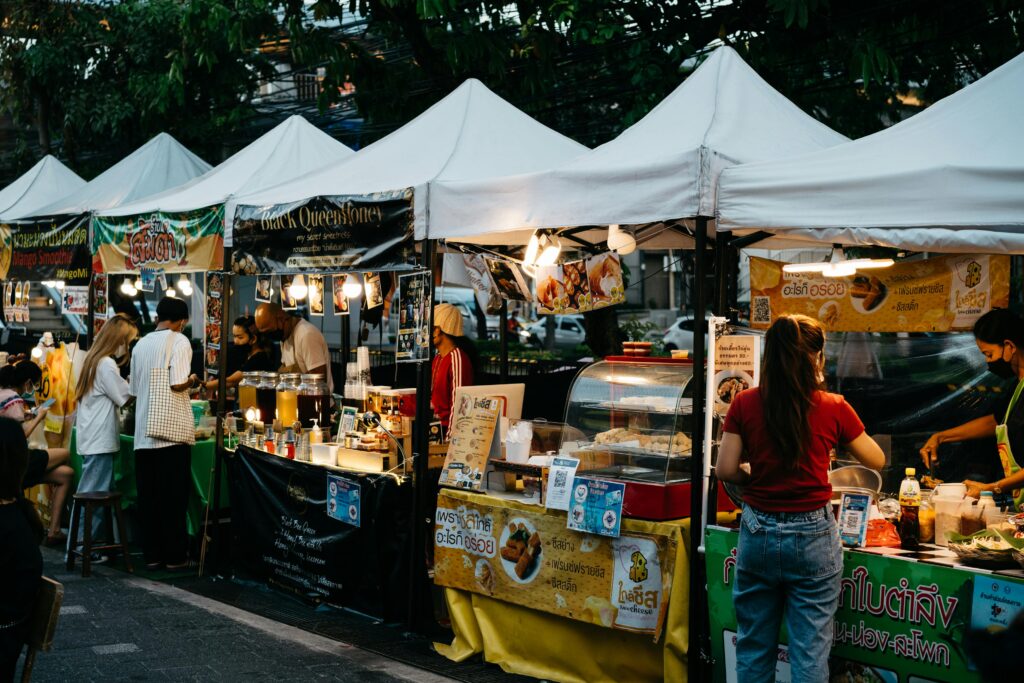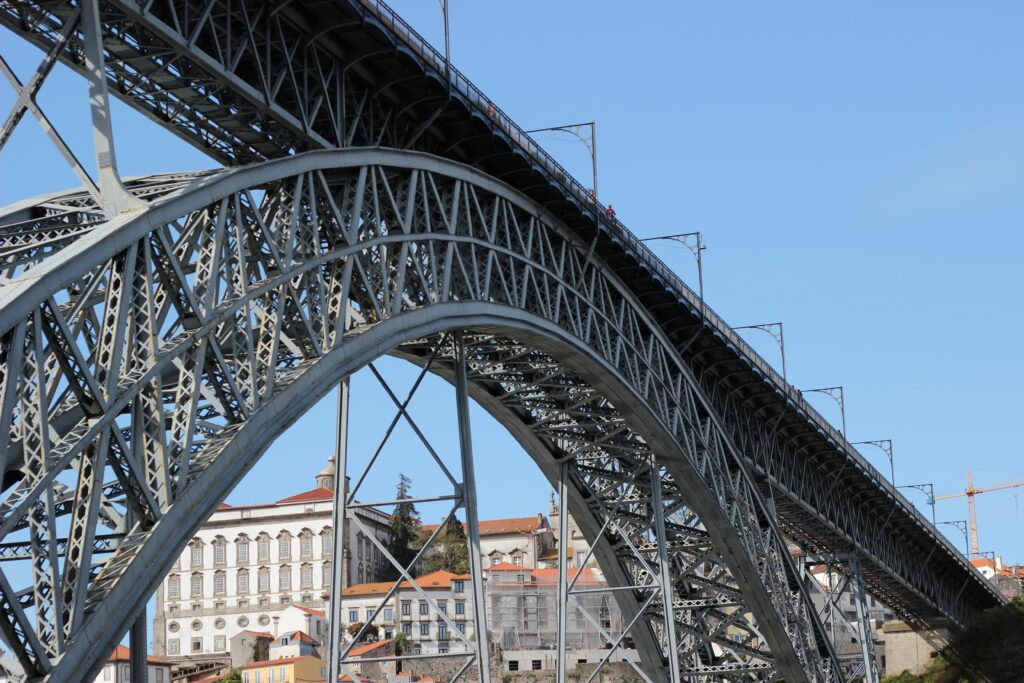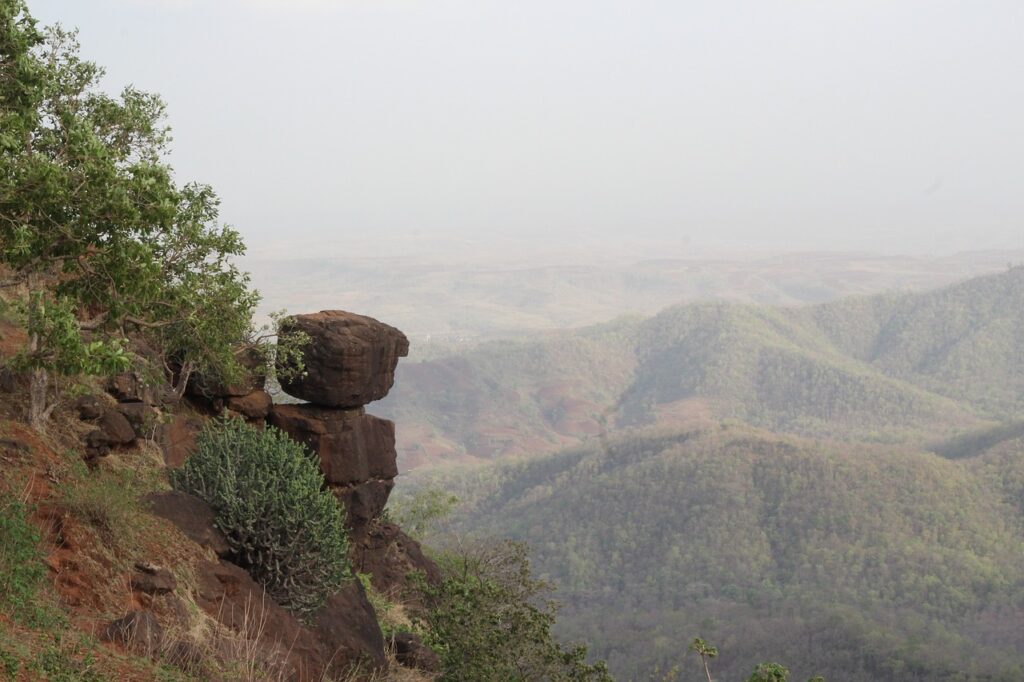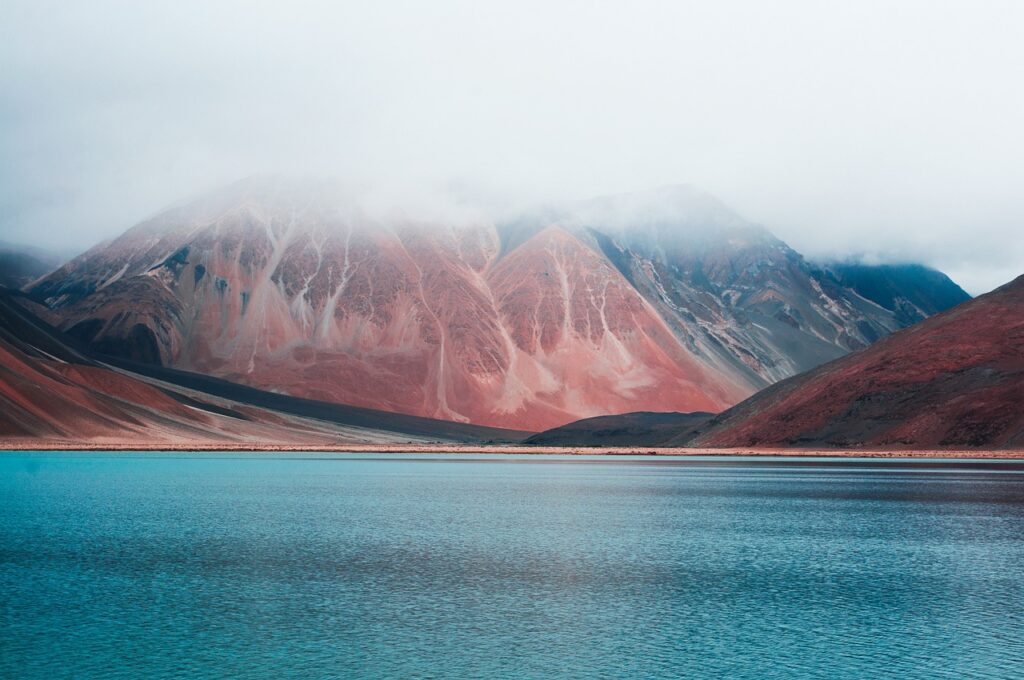Bangkok Street Food: The Ultimate Budget Foodie’s Guide to Thailand’s Culinary Capital
Ever wondered where to find the most authentic flavors of Thailand without emptying your wallet? Bangkok’s labyrinthine streets and bustling markets hold the answer. This vibrant metropolis isn’t just a feast for the eyes—it’s quite literally a paradise for your taste buds, especially if you’re traveling on a budget. The Rich History Behind Bangkok’s Street Food Culture Bangkok’s street food isn’t just convenient—it’s deeply woven into the city’s cultural fabric. Dating back to the 19th century, these mobile kitchens emerged as a practical solution to feed the growing workforce during rapid urbanization. What began as simple sustenance has evolved into a sophisticated culinary ecosystem that showcases Thailand’s incredible regional diversity. Take Pad Thai, for instance. This iconic noodle dish wasn’t always the global sensation it is today. It gained popularity during World War II as a strategic response to rice shortages, with noodles serving as an affordable alternative. Today, it stands as perhaps Thailand’s most recognizable culinary export, though locals might tell you it barely scratches the surface of what Thai cuisine has to offer. Street food in Bangkok isn’t just about filling stomachs—it’s where community happens. Markets like Khlong Toey serve as social hubs where family recipes have been preserved across generations. Meanwhile, Yaowarat Road in Chinatown has spent over a century perfecting the delicate fusion of Thai and Chinese culinary traditions, resulting in dishes that defy simple categorization. Navigating Bangkok’s Street Food Markets Like a Pro Forget the tourist traps—here’s where you’ll find the real Bangkok on a plate. Khlong Toey Market: Start Your Day with the Locals If you want to experience Bangkok at its most authentic, set your alarm early and head to Khlong Toey Market between 6-8 AM. This sprawling marketplace isn’t prettied up for tourists—it’s where actual Bangkokians shop, eat, and socialize. The sensory experience here is deliciously overwhelming: vendors shouting prices, the sizzle of hot woks, and aromas that range from fragrant to funky. Don’t miss the guay teow nuea (beef noodle soup), simmered for hours with warming spices like cinnamon and star anise. For something sweeter, the khanom krok (coconut pancakes) offer the perfect contrast of crispy exteriors and custardy centers. Pro tip: This market is at its liveliest in the early morning when restaurant chefs arrive to select the day’s ingredients. By afternoon, the energy (and selection) diminishes considerably. Wang Lang Market: Riverside Feasting on a Budget Situated near Siriraj Hospital, Wang Lang Market has become a haven for students and healthcare workers seeking affordable yet delicious meals. The boat noodles here deserve special mention—these small but mighty bowls pack intense flavor into every spoonful of their rich, aromatic broth. Don’t overlook the khanom buang—delicate crepes filled with sweet meringue and shredded coconut that offer the perfect balance of crispiness and sweetness. Getting here is half the fun: take the Chao Phraya Express Boat to Prannok Pier for stunning river views that beat sitting in Bangkok’s notorious traffic any day. Talad Rod Fai Srinakharin: Night Market Madness When the sun sets, Bangkok’s culinary scene shifts into high gear. Talad Rod Fai Srinakharin combines vintage shopping with exceptional street eats in an atmosphere that feels like a nightly festival. Between browsing retro collectibles, sample the sai krok Isaan (fermented sausage) grilled over charcoal for that perfect snap and complex fermented flavor. The market really hits its stride on weekends when live bands and neon-lit food trucks create a carnival-like atmosphere. Come hungry and plan to stay late—this is Bangkok nightlife at its most accessible and food-focused. Iconic Street Dishes and Where to Find Their Best Versions Pad Thai: Beyond the Basics Yes, it’s touristy. Yes, it’s everywhere. And yes, it’s still absolutely worth seeking out when made properly. Thip Samai (nicknamed “Ghost Gate Pad Thai”) has earned its reputation as the gold standard for this dish. Their signature version wraps smoky, wok-fried noodles in a thin egg omelet blanket that adds a luxurious texture you won’t find at most stalls. Looking for something different? Head to Pad Thai Ekamai in Sukhumvit, where they substitute traditional shrimp with sweet, briny crab meat for an elevated take on this national treasure. Thai Boat Noodles: A Bowl of History Originally sold from boats traversing Bangkok’s canals (hence the name), these intensely flavored noodles are now best experienced at Victory Monument Boat Noodle Alley. Each miniature bowl contains a universe of flavor, with options ranging from yen ta fo (pink broth with fermented tofu) to nam tok (soup enriched with a splash of pork blood that adds iron-rich depth, not the metallic taste newcomers might fear). What makes these noodles special is the complex interplay of herbs like Thai basil and sawtooth coriander against the rich broth. The small serving size is traditional—locals typically order 3-4 bowls to sample different variations. Green Curry: Finding the Real Deal While tourist menus might water down Thailand’s most famous curry, places like Krua Apsorn on Dinso Road maintain tradition with homemade curry paste and properly balanced heat. Their gaeng keow wan gai achieves that perfect harmony between fiery green chilies and cooling coconut milk, paired traditionally with sakoo sai moo (tapioca dumplings) that add textural contrast. The secret? Fresh ingredients and proper preparation—no shortcuts or pre-made pastes in sight. Budget-Friendly Strategies for Maximum Flavor Time Your Meals Strategically Bangkok’s food scene operates on its own schedule, with different specialties available throughout the day: Time of Day Best For Top Locations Price Range Morning (6-10 AM) Jok (rice porridge), Patongo (Thai donuts), Khao Tom (rice soup) Or Tor Kor Market, Khlong Toey 30-50 THB Lunch (11 AM-2 PM) Khao Gaeng (curry over rice), Som Tam (papaya salad) Wang Lang, Office districts 40-70 THB Dinner (6 PM-midnight) Seafood, Grilled meats, Noodle soups Yaowarat, Ratchada Train Market 50-150 THB Speak the Language of Food You don’t need fluent Thai to eat well, but a few key phrases will transform your experience: Most vendors near tourist areas understand basic English food terms, but pointing at what others are eating is always an
Bangkok Street Food: The Ultimate Budget Foodie’s Guide to Thailand’s Culinary Capital Read More »




